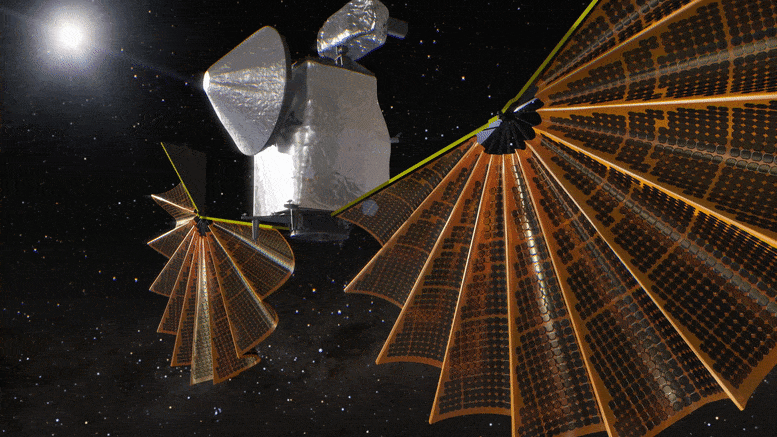
The large solar arrays on the Lucy spacecraft were designed to unfold and latch into place after launch. Credit: NASA’s Goddard Space Flight Center
On April 18, 2022, NASA decided to move forward with plans to complete the deployment of the Lucy spacecraft’s stalled, unlatched solar array. Two large arrays of solar cells, which were designed to unfold and latch into place after launch, power the spacecraft. One of the fan-like arrays opened as expected, but the other stopped just short of completing this operation.
Through a combination of rigorous in-flight solar array characterization and ground testing, Lucy engineers determined the unlatched solar array is nearly fully open, positioned at approximately 345 out of the full 360 degrees, and is producing ample energy for the spacecraft. Nonetheless, the team is concerned about potential damage to the array if the spacecraft conducts a main engine burn in its present configuration.
After launch, the arrays were opened by a small motor that reels in a lanyard attached to both ends of the folded solar array. The team estimates that 20 to 40 inches of this lanyard (out of approximately 290 inches total) remain to be retracted for the open array to latch.
Launched on October 16, 2021, Lucy is the first space mission that will explore the Trojan asteroids. These are a population of small bodies that are left over from the formation of the solar system. They lead or follow Jupiter in their orbit around the Sun, and may tell us about the origins of organic materials on Earth. Lucy will fly by and carry out remote sensing on six different Trojan asteroids and will study surface geology, surface color, and composition, asteroid interiors/bulk properties, and will look at the satellites and rings of the Trojans. Credit: NASA’s Goddard Space Flight Center
The solar array was designed with both a primary and a backup motor winding to give an added layer of reliability for the mission-critical solar array deployment. Lucy engineers will take advantage of this redundancy by using both motors simultaneously to generate higher torque than was used on the day of launch. Ground tests show that this added torque may be enough to pull the snarled lanyard the remaining distance needed to latch.
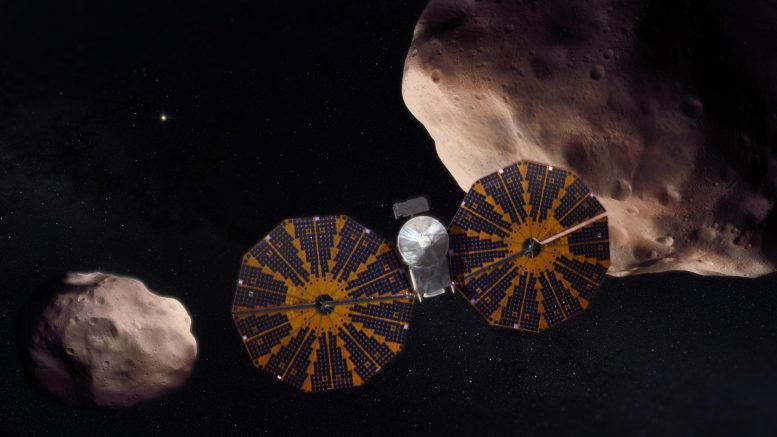
Lucy will explore the Jupiter Trojan asteroids – thought to be “fossils of planet formation.” Credit: NASA’s Goddard Space Flight Center
The team is now preparing to complete the solar array deployment in two steps. The first step, tentatively scheduled for the week of May 9, is intended to pull in most of the remaining lanyard and verify that flight results are consistent with ground testing. This step will also strengthen the array by bringing it closer to a fully tensioned state. Because this step is designed to be limited in duration, the array is not likely to latch at that point.
If this step goes as planned, the second step will continue the array deployment with the intent to fully latch. Information gleaned from the first part will help fine-tune the second. The second step is currently planned for a month after the initial one, giving engineers enough time to analyze the data seen in the first attempt.

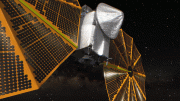
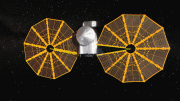

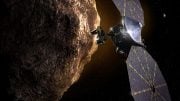
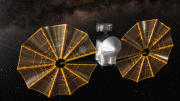
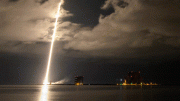
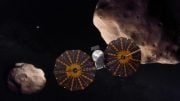
Gud morning.every.boday.best of luck